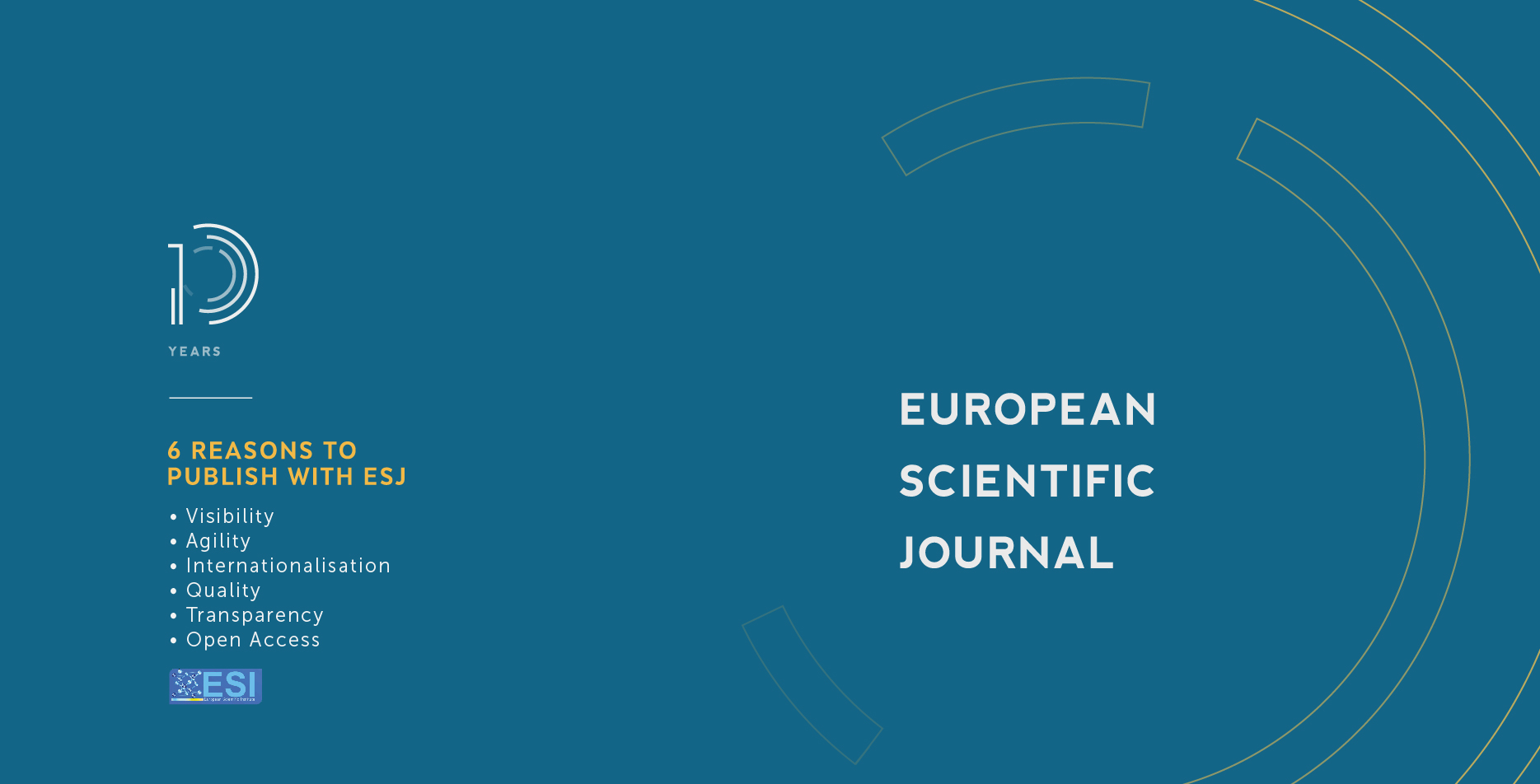Prevalence and Practice of Self-Medication among Female
Abstract
Background: Self-medication is a prevalent practice among undergraduate nursing students in Saudi Arabia. This undertakes a great significance among nursing students as they are going to be future healthcare practitioners. Purpose: To determine the prevalence and practices of selfmedication among the female nursing students of the University of Tabuk. Methods: A cross-sectional descriptive design using a pre-constructed questionnaire. The respondents were 128 currently enrolled female nursing students through census sampling. Ethical considerations were done in the conduct of the study. Results: The findings revealed a high prevalence of selfmedication with 79.7%. Most of the respondents were 19 years old (27.3%), second and the fourth year, 66 (51.6%) with family income of >8000 SAR per month, 84 (65.6%). Top reason for self-medication is to save time (51%) for the top three upper body diseases such as headache (76.6%), runny nose (37.3%) and dental pain (37.3%); for body diseases were nausea (16.7%) and fever (16.7%) and for Lower body diseases were wounds (25.5%). The commonly used medicines were Analgesic (90.2%), skin ointment (40.2%), cough syrup (23.5%) and the traditional medicines (62%). Brands selection depended on old prescription (37.3%). The main factor for the selection of the drug was the type of traditional (60.8%) due to price and pharmaceutical company. Such medicines for self-medication were obtained from pharmacy shop 89 (87.3.5%) where half (51%) of the respondents read prescription information before self-medicating. Finally, no association was found between the profile and prevalence of self-medication. Self-care is necessary but must be carried out in a safe and responsible actions of self-medicating. Recommendation: The Saudi government must bolster its laws and policies governing Food and drug administration. Though the participants are nursing students, they must be educated with a great emphasis on safe medications and be aware of the side effects, especially those who are not taking pharmacology subject yet as part of the Nursing course.
Downloads
Metrics
PlumX Statistics
Copyright (c) 2020 Jesusa V. Gutierrez, Rawan Al-Balawi, Ghadah Al-Anazi, Bashayer Al-Rashidi, Manal Al-Homaidi, Shemah Al-Atawi, Maryam Al-Harfy

This work is licensed under a Creative Commons Attribution-NonCommercial-NoDerivatives 4.0 International License.








